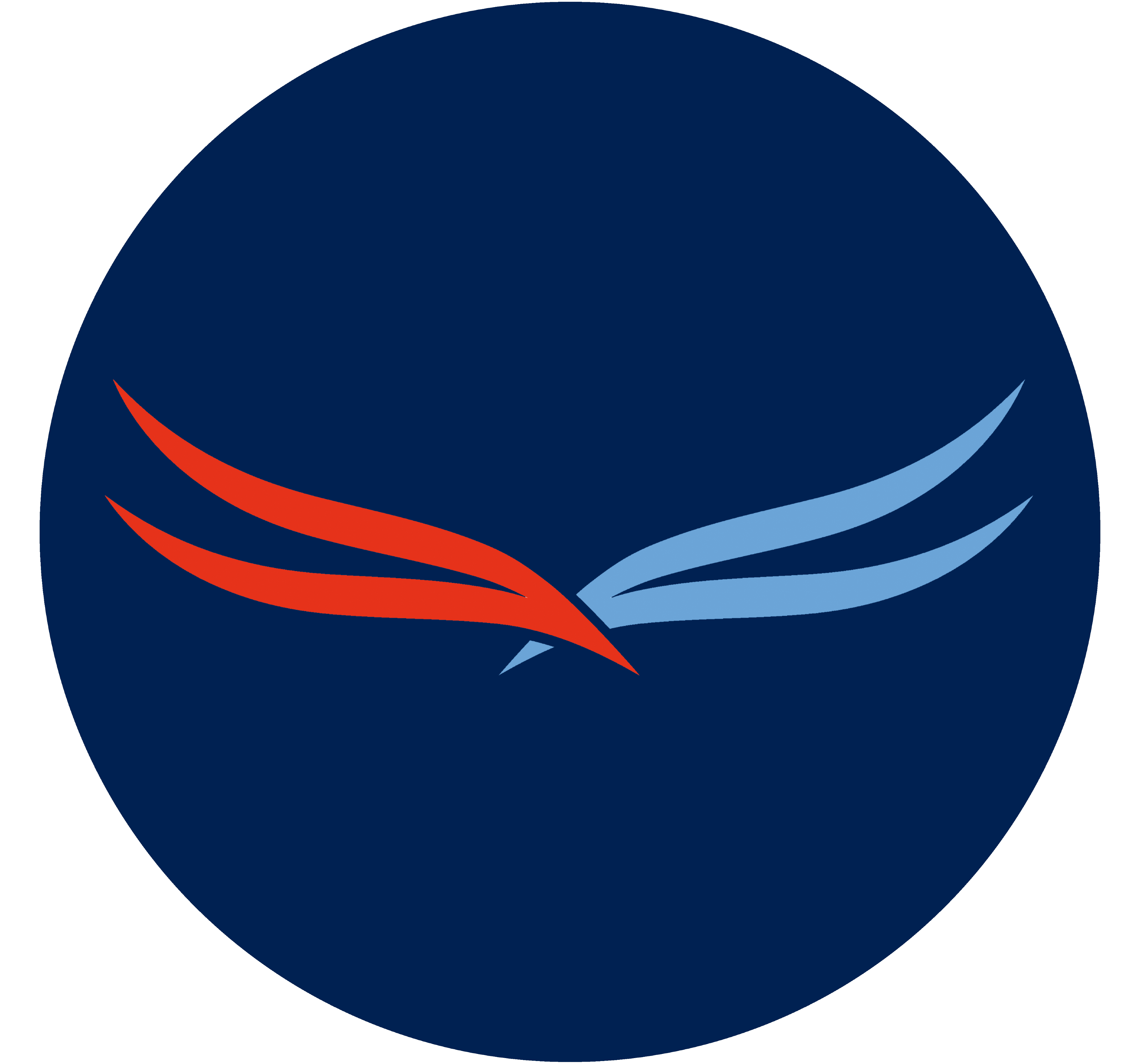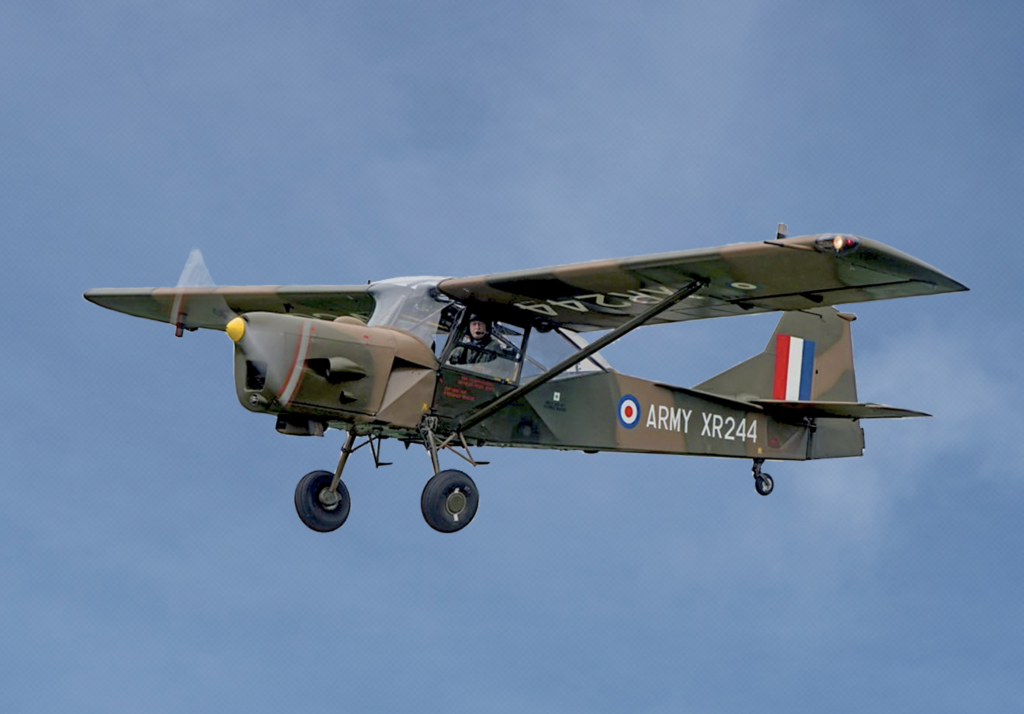Auster AOP Mk9
- Manufacturer: Auster Aircraft Company
- Model: AOP Mk9
- Year built: 1961
- Aircraft Type: High wing, strut-braced monoplane
- Number of Seats: Pilot plus 2
- Number of Engines: 1
- Engine Type: Reciprocating
- Engine Manufacturer and Model: Blackburn Cirrus Bombardier Mk 208
- Civil registration: G-CICR
- Military registration: XR244
The Auster Mk9 aircraft
The Auster Mk9 is a development of the Taylorcraft Model A. It is powered by the Blackburn Cirrus Bombardier 4-cylinder inverted inline piston engine developing 180 bhp at sea level. The aircraft has a cruise speed of 90 knots and a maximum speed of 140 knots. It has a range of 360 nautical miles or an endurance of 4 hours.
The Auster Mk9 in Army Service
The Auster first entered Army Service as the Auster Mk1 in the Air Observation Post (AOP) role. 651 (AOP) Squadron based at Old Sarum near Salisbury, operated them from 1st August 1941.
AOP squadrons, operating Auster variants (Mk 3/4/5), saw active service throughout World War 2 in North Africa, Europe and the Far East. These aircraft were initially flown by pilots from the Royal Artillery, supported by engineers and groundcrew from the Army, Royal Air Force and Royal Canadian Air Force. The Auster Mk6 was introduced in 1949 and flown by AOP pilots in the Korean War from 1950 to 1953.
The Auster AOP Mk9 prototype first flew on 19th March 1954 and entered service in February 1955. It was equipped with a more powerful engine, larger wings and flaps and a strengthened undercarriage. All of which improved the Mk9’s take-off and landing performance over the Mk6. The extended cabin enabled the aircraft to be operated in AOP, Command and Control, light transport and liaison roles. An aft observer facing either forward or rearwards could also be carried. The aircraft was operated by the British Army of the Rhine in Germany and saw active service during the Malayan Emergency in the 1950s and Aden in the early 1960s
The Historic Army Aircraft Flight’s Auster Mk9 XR244 arrived at Middle Wallop in 1961 to serve as a training aircraft and has remained there ever since.

